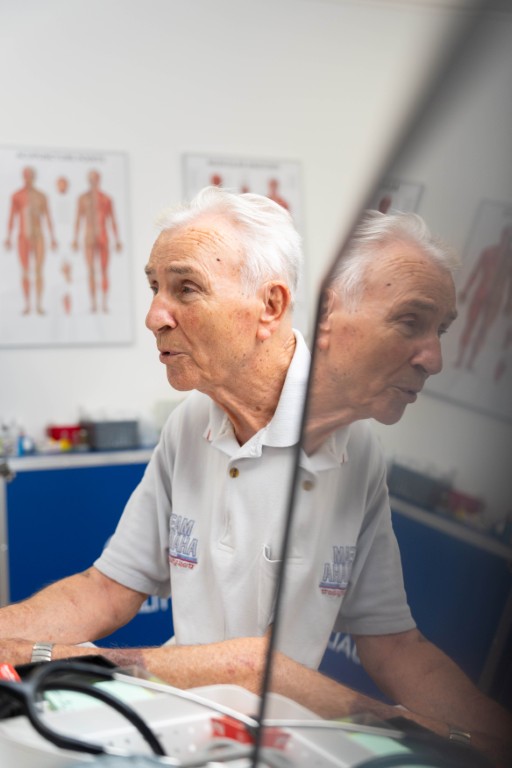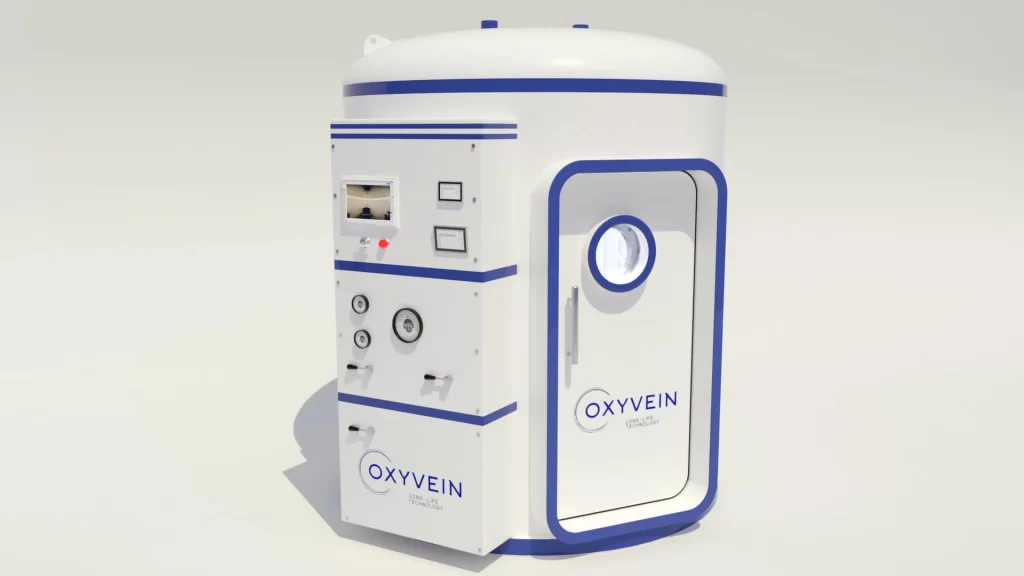
Summer brings with it longer days, sun, sea and relaxation – but also specific health challenges, especially for people living with chronic diseases. As temperatures rise, so does the strain on the heart, blood vessels and the entire circulatory system. Heart attacks and strokes are more common during heat waves, and the number of hospitalizations for chronic patients increases significantly.
What happens to the body in extreme heat?
When the outside temperature is high, the body activates cooling mechanisms to maintain the internal temperature around 37 °C. A key role in this is played by blood vessels , which dilate (a process known as vasodilation ) to allow greater blood flow to the skin and increased evaporation of sweat.
This physiological response has a number of consequences, especially in chronic patients:
Why is the risk of heart attack and stroke increasing?
In the summer, especially during heat waves, the number of hospital admissions due to cardiovascular incidents increases . Elderly people, those with already diagnosed heart or cerebrovascular diseases, and patients with diabetes and kidney disease are particularly at risk.
Heart attack (myocardial infarction)
It occurs when a clot forms in one of the coronary arteries and cuts off blood flow to the heart muscle. Heat, thick blood, and dehydration increase the chance of such clots. Typical symptoms include:
Stroke (cerebrovascular accident)
It is most often caused by a blockage of an artery in the brain by a clot (ischemic stroke), less commonly by a ruptured blood vessel (hemorrhagic stroke). Heat increases the risk through a combination of dehydration, increased blood viscosity, and changes in blood pressure. Symptoms include:
Can hyperbaric oxygenation play a preventive role?
At our clinic, we use hyperbaric oxygen therapy (HBOT) as part of an integrative approach to cardiovascular diseases and neurological rehabilitation. HBOT involves inhaling 100% oxygen in a hyperbaric chamber at elevated pressure, which allows for significantly higher oxygen saturation in the bloodstream and better tissue oxygenation.
Although not a primary means of preventing heart attack or stroke, HBOT can contribute to improving microcirculation , reducing oxidative stress and inflammation, which has a positive long-term effect in people with increased cardiovascular risk.
Several studies confirm these benefits:
It is important to emphasize: HBOT is not used acutely in the event of a heart attack or stroke, but rather as part of ongoing care and prevention of complications, with prior medical assessment.
Although we cannot avoid heat, it is possible to reduce its harmful effects on the heart and blood vessels. It is crucial to maintain adequate hydration , avoid exposure to the sun during the hottest part of the day (11 am–5 pm), wear light and breathable clothing, and stay in cool areas whenever possible. People taking medication for blood pressure, heart disease, or blood clotting should regularly measure their blood pressure and pulse , and consult their doctor in a timely manner about possible adjustments to their therapy. If you notice symptoms such as unusual weakness, headache, chest pressure, slurred speech, or facial numbness, you should seek medical attention immediately . In an integrative approach to prevention, supportive therapy such as hyperbaric oxygenation may also be considered for individual patients to strengthen microcirculation and blood vessel resistance.
In conditions of increasingly frequent heat waves, prevention is no longer a choice, but an everyday necessity.
Note: This content is for informational purposes only and does not constitute medical advice or replace consultation with a professional healthcare professional.
Contact phone
Mobile phone

The first and only medical device of its kind in Croatia – this chamber represents the pinnacle of efficiency and comfort in therapy. It is designed to support the treatment of complex health conditions, as well as to enhance the body’s resilience and endurance.
Starting next month, you can personally experience its benefits and recommend it to those who matter most to you.